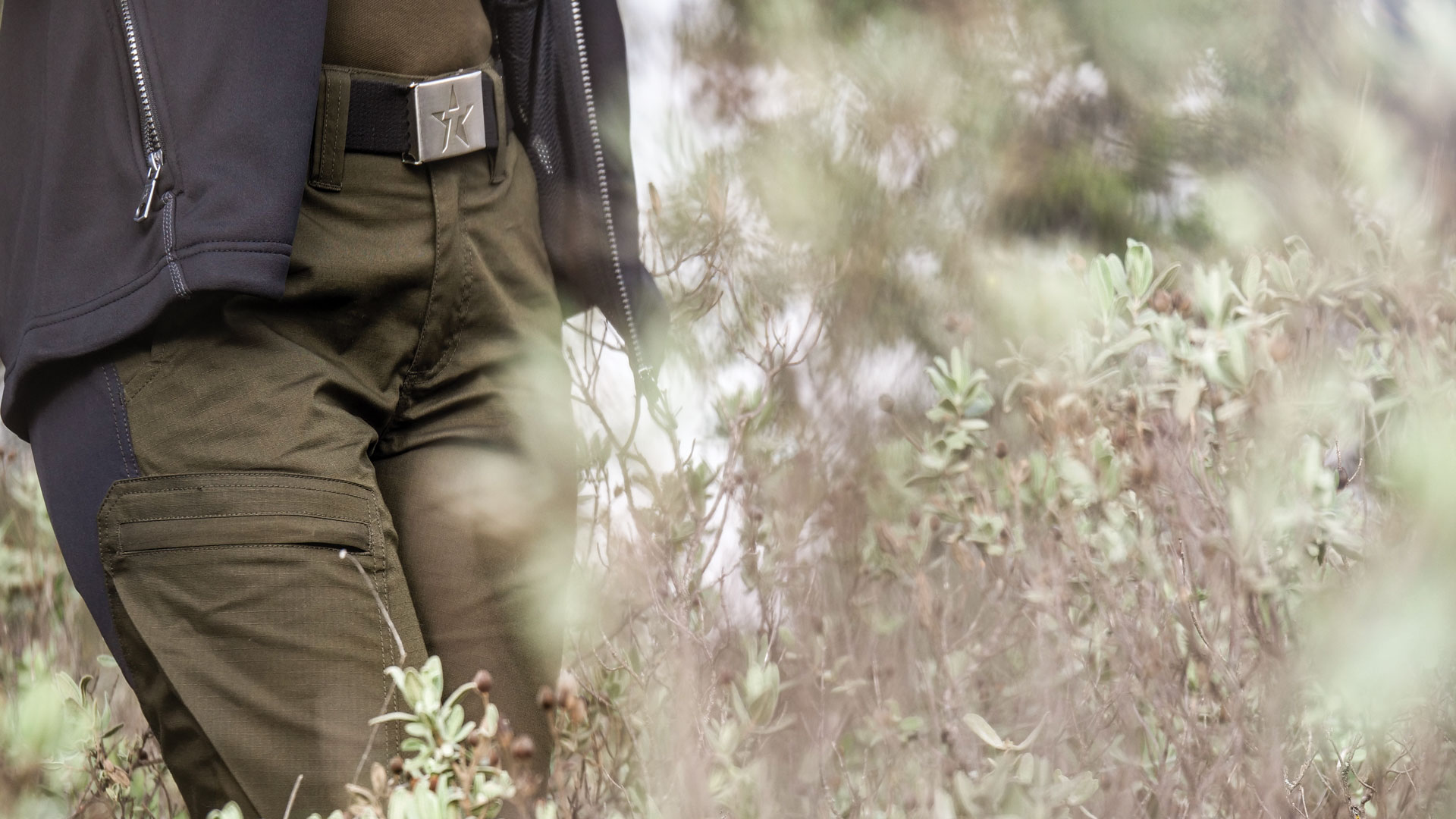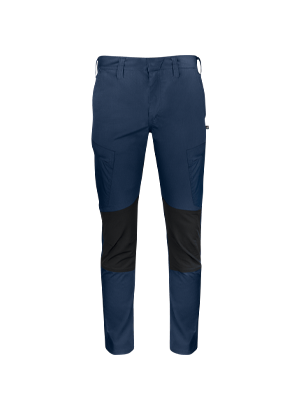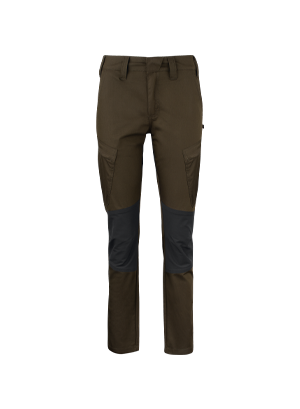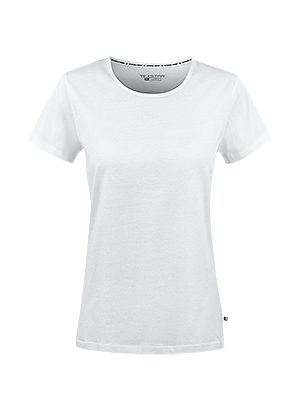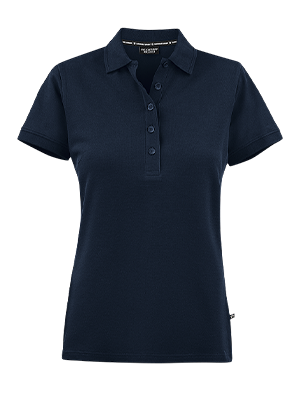Favorites Stäng
There’s no such thing as completely sustainable production. But we make it more sustainable.
We’re speaking to Katarina Grönhaug, who has a lifetime of experience as a clothing buyer specialising in technical materials, sourcing and fabrics.
She is strongly committed to making the production chain as sustainable as possible. It’s no easy journey, but Katarina – and Texstar – take it very seriously.
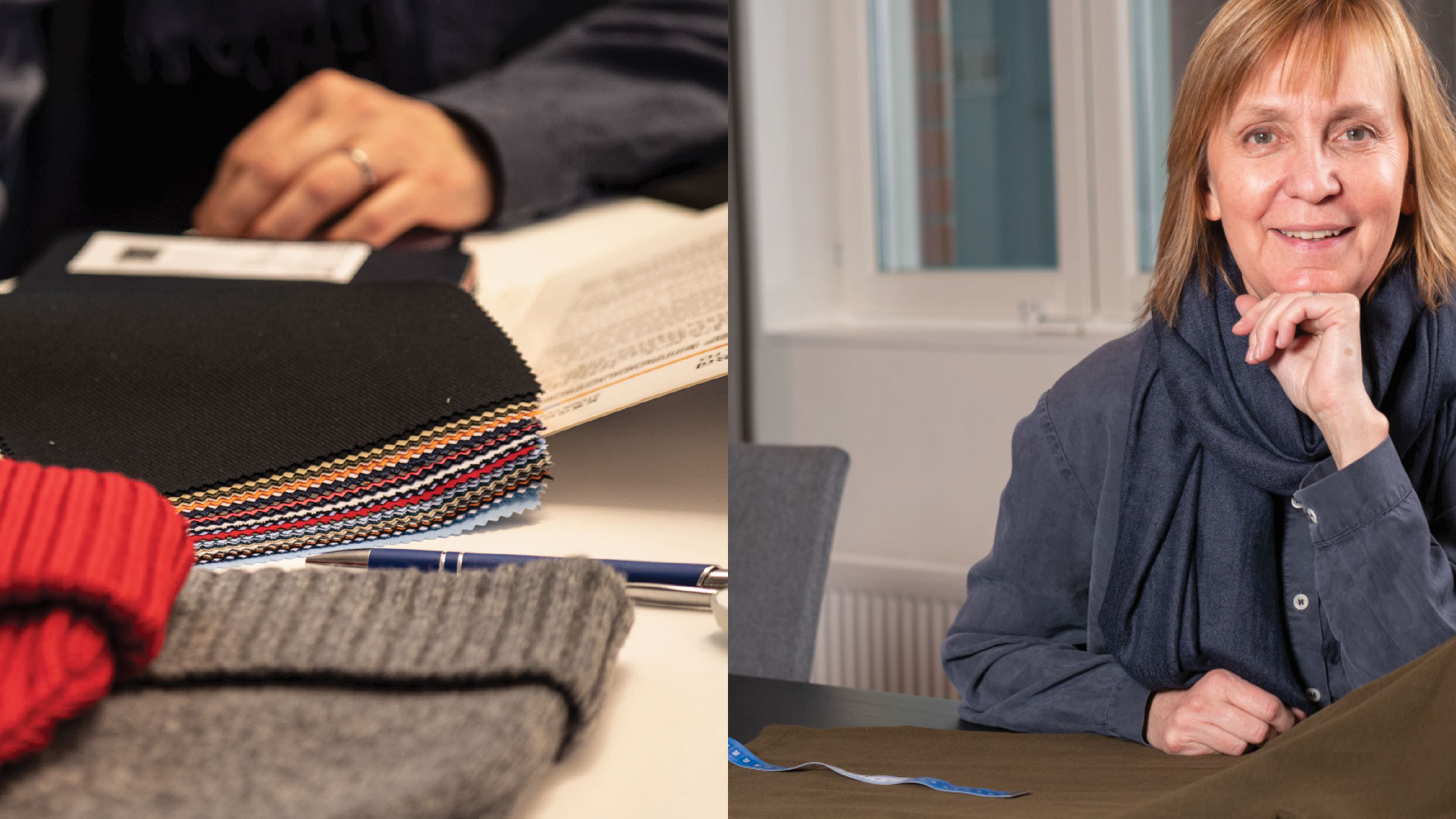
Sustainability is a vast concept spanning such diverse areas as environmental care, ethical production and financially sound solutions. This is how our conversation starts with Katarina Grönhaug, Purchase and Assortment Manager, Texstar.
“At the same time, sustainability must permeate all aspects of our business, including production, logistics and organisational commitment to making daily sustainable choices. Every choice, action and detail makes a difference,” she emphasises. “Many companies claim to be sustainable and promise 100% sustainable products. But I don’t believe anybody can be completely sustainable and at the same time deliver products with the quality and prices that today’s consumers expect.
“However, I do think we can get a lot better at it – there’s enormous potential for improvement. This can’t be achieved in a day, but we’re seriously working on finding ways to develop our production, our suppliers, our logistics and our whole footprint. It’s largely about thinking before we act and making carefully considered choices.
Detailed inspections
“Take our supplier practices, for instance. It’s common in our industry to work with agents and production offices who are responsible for checking that suppliers, many of whom are located in Asia, keep their promises.
“We’ve chosen a different route. We work closely with our supplier factories and regularly visit them in person to check that their processes are in order.
“I was recently in Bangladesh, where I visited seven of our partners’ factories. The first impression you get when arriving at the factory is often a good indicator of the conditions there, but not always. It’s important to look around and examine everything in detail, speak to the staff and hear what they have to say.
“It’s not enough to ask people about the conditions. You have to observe the situation yourself to gain an accurate picture. For example, a high staff turnover is a critical factor, but face-to-face conversations usually give a more accurate picture of reality.”
Close collaboration gets results
“We aim to work with what we refer to as ‘vertical factories’. This means factories that carry out the whole process from thread to finished product, including dyeing, weaving, knitting and final assembly,” Katarina explains.
“The dyeing process is an important aspect to us, as it can cause enormous problems. We aim for our partners to use closed systems in which the water is treated and reused, to prevent water pollution.
In my experience it is more effective to maintain direct contact with suppliers than to go through a third party. However, we also have unannounced spot checks carried out by external auditors to make sure that production is not outsourced to unknown subcontractors.”
Time for the next step
“Now our aim is to make our whole range as sustainable as possible, by choosing the right materials and using the Amfori platform to monitor sustainability throughout the production chain. (Read more about Amfori after this article.)
“Many garments need to have a water-resistant surface. This was previously achieved by using PFCs, also known as fluorocarbons, which are not readily biodegradable and are harmful to health and the environment. We no longer use PFCs in our products.”
New GOTS certified collection
“I’m very proud of our first GOTS certified collection (Global Organic Textile Standard). This is today’s most ambitious certification, covering social as well as environmental standards in areas including farming, processing and manufacture. Unlike other standards, GOTS tolerates no pesticides whatsoever. GOTS’s vision is for organic textiles to become a significant part of everyday life, enhancing people’s lives and the environment.
“It feels great to have produced a collection that meets the ambitious GOTS requirements,” says Katarina proudly.
“But this is only the first step,” she stresses.
“We will gradually expand our range until Texstar’s entire collection meets these stringent requirements. We’re not there yet, but the journey has started and we all look forward to achieving this goal.”

